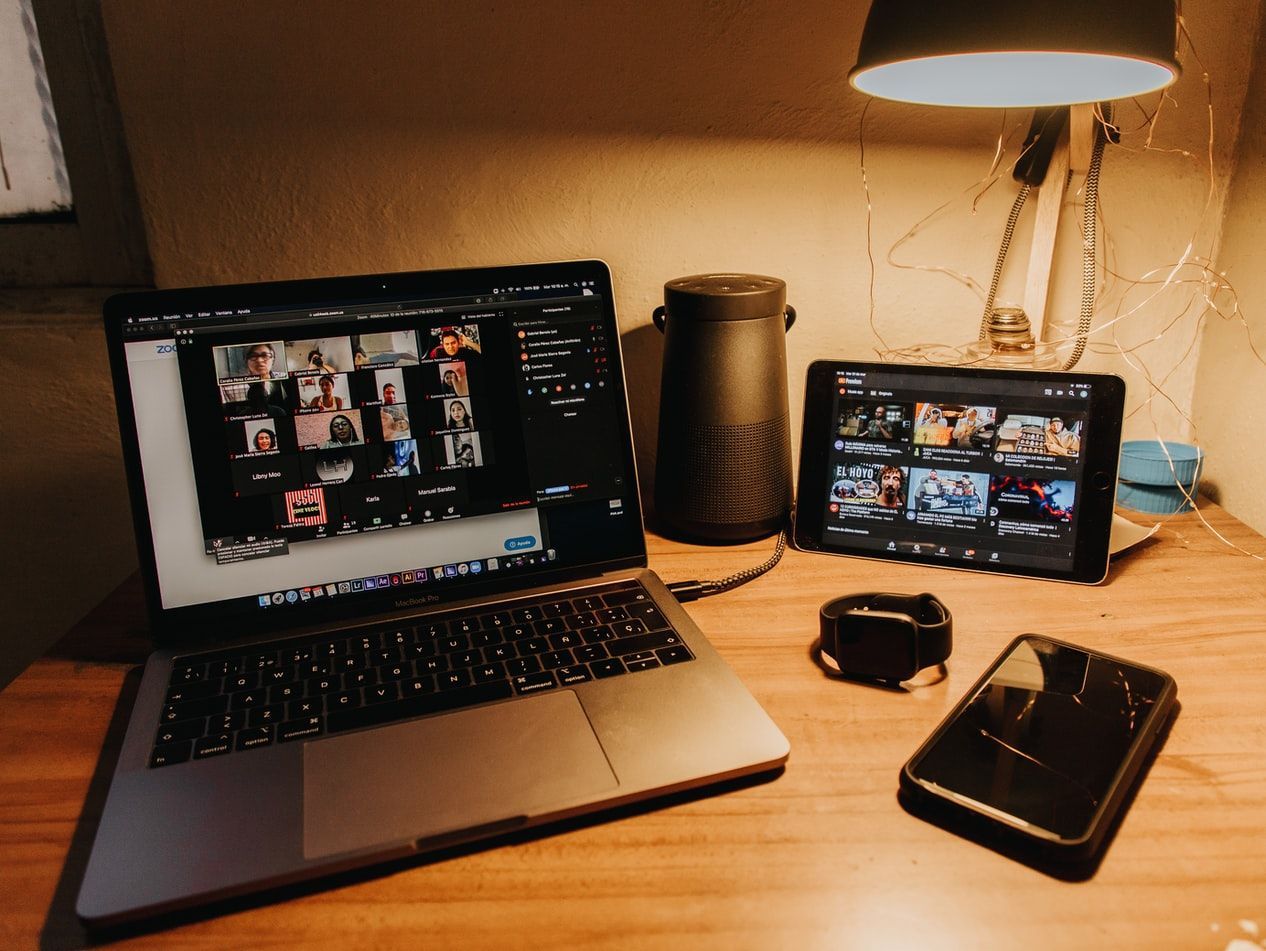- Revenue Cycle Management
- COVID-19
- Reimbursement
- Diabetes Awareness Month
- Risk Management
- Patient Retention
- Staffing
- Medical Economics® 100th Anniversary
- Coding and documentation
- Business of Endocrinology
- Telehealth
- Physicians Financial News
- Cybersecurity
- Cardiovascular Clinical Consult
- Locum Tenens, brought to you by LocumLife®
- Weight Management
- Business of Women's Health
- Practice Efficiency
- Finance and Wealth
- EHRs
- Remote Patient Monitoring
- Sponsored Webinars
- Medical Technology
- Billing and collections
- Acute Pain Management
- Exclusive Content
- Value-based Care
- Business of Pediatrics
- Concierge Medicine 2.0 by Castle Connolly Private Health Partners
- Practice Growth
- Concierge Medicine
- Business of Cardiology
- Implementing the Topcon Ocular Telehealth Platform
- Malpractice
- Influenza
- Sexual Health
- Chronic Conditions
- Technology
- Legal and Policy
- Money
- Opinion
- Vaccines
- Practice Management
- Patient Relations
- Careers
Adjusting to Remote Interviews and Meetings
There are some strategies that even reluctant video conference-goers can incorporate to optimize these remote interactions.

Virtual communication has been around for decades, and for the most part, doctors have only used this type of technology sparingly, or not at all.
The sudden safety precautions that emerged due to the COVID-19 pandemic have essentially hit fast forward on the use of remote meetings and job interviews. Even physicians who would otherwise have adamantly avoided video conferencing have had to incorporate some virtual communication to avoid being shut out of the professional world.
But adjusting to the use of device-aided live meetings goes beyond participating at bare minimum levels. The convenience of virtual events that has become so widely apparent means that remote video conferencing for interviews and other professional activities will remain a part of doctors’ jobs for the long haul. There are some strategies that even reluctant video conference-goers can incorporate to optimize these remote interactions.
Make an Agenda
Planning ahead is more important for remote meetings than for in-person events. There is often a silence in virtual conferences, whether they involve only two people or a larger group.
An agenda with a timetable that is shared in advance with all participants can help everyone prepare and know what to expect. If participants aren’t talkative, it is perfectly fine to explain that you are running ahead of schedule and skip to the next point on the agenda—but not having a schedule can leave participants feeling uneasy.
Another important aspect of video conference events is to put in time for breaks. For meetings that last over an hour, participants may need simple things like a tissue, a coffee refill, or to use the restroom.
When people do these things in person, they often leave bags or papers on their seat, and it doesn’t appear that they just disappeared or lost interest.
In a virtual meeting, a disappearing participant can seem uninterested. And a scheduled break adds a level of consideration for everyone involved.
Make the Most of Screen Sharing
It isn’t easy to stare at a faces and to feel watched for hours on end. In traditional in-person meetings, participants often look at notes, a screen, or a blackboard.
This same sense of variety is important in virtual meetings too, and screen sharing can help you achieve that. Not only is it a practical way to share information, it is a way to help people feel that they aren’t on the spot every minute of the conference.
Another important aspect of periodic screen sharing is the realistic acknowledgment that participants may have prepared in advance, but probably didn’t memorize every detail of an email or another important document. That reminder can help everyone get on the same page without having to constantly flip back and forth between tabs on their computer.
Sequential Interviews
Interviews during the 2020/2021 academic year—such as medical school and residency interviews—are largely virtual. It can be exhausting for candidates who wonder about the impression they made on one interviewer after another.
While this is also the case in person, there are natural buffers in an in-person interview—such as group tours, the casual walk from one office to another, and running into chatty physician colleagues that help break the ice with your interview candidates.
If possible, it might be beneficial to replicate that group experience with candidates potentially waiting together in a virtual pre-interview chat or video tour.
And candidates who you are interviewing for a position may need a break between interviews to get up and stretch their legs, even if that is only happening at home.
Create a Follow Up Plan
When you are having a video conference or interview, next steps can be unclear, especially if it isn’t customary to have this type of meeting in a remote setting.
Participants who are waiting for some type of answer or sense of resolution can be anxious about what to expect. It can help to let them know a timetable for when they can expect an answer, or when they might be given more direction about next steps.
Check the Basics
By now, most doctors have a comfortable space to go during virtual meetings. But if you haven’t done so already, consider checking what your background looks like, decide how far away you want to place your screen, and pick the right angle. Consider wearing headphones to avoid interference from the noises around you. And if your neck or back start to hurt from too much teleconferencing, consider standing for some of your meetings to vary your position.
